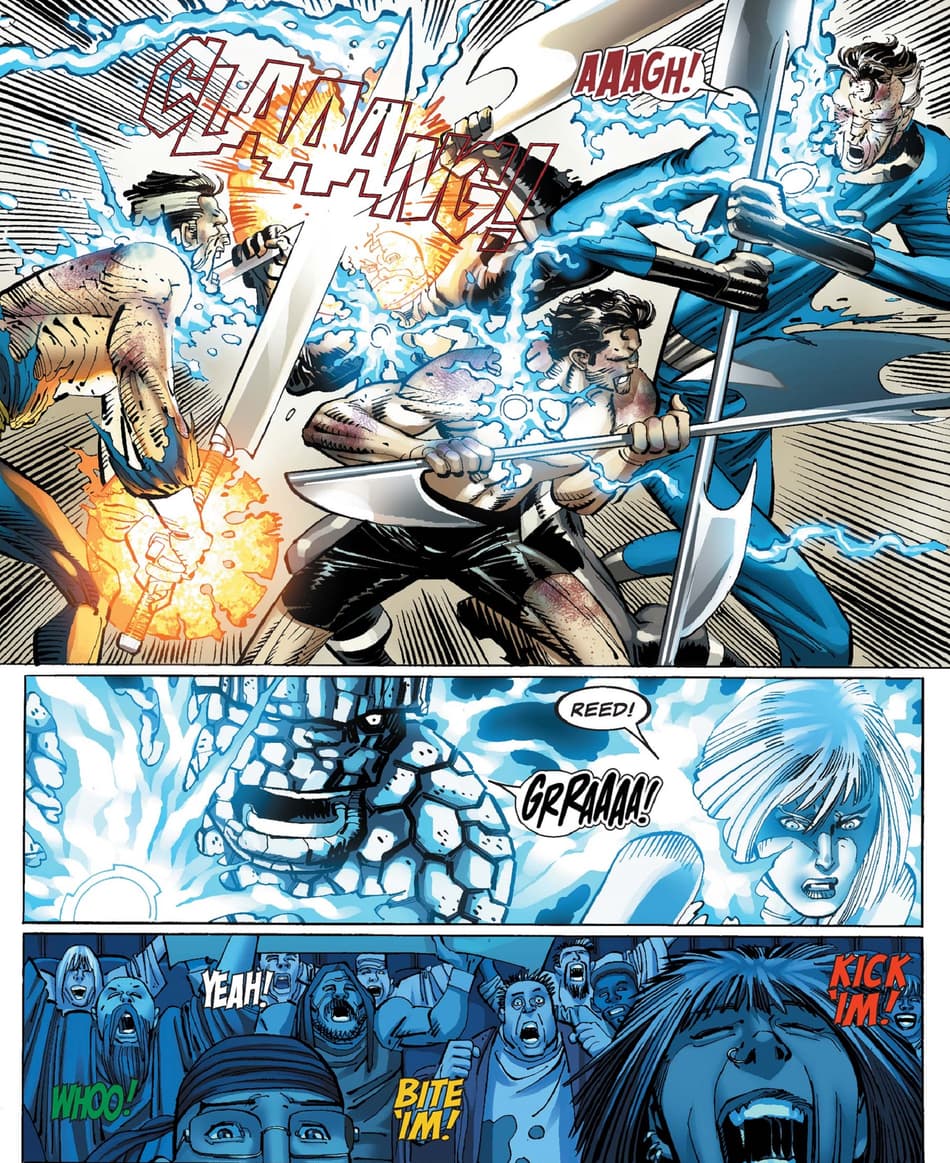Checking Out the Mysteries of the copyright: What You Need to Know
The copyright, a term usually shrouded in intrigue and controversy, represents a complex tapestry of historical fact and contemporary myth. Established in the late 18th century, this secret society was initially rooted in the Knowledge's perfects yet has actually given that come to be identified with conspiracy theory concepts regarding elite control. As we browse the origins, essential figures, and the stark comparison in between misconception and truth, one need to think about exactly how these narratives influence modern assumptions of power and privacy. What may be exposed through a closer examination of these components can challenge long-held assumptions concerning the darkness that remain in our society.
Beginnings of the copyright
The origins of the copyright are soaked in a blend of historical intrigue and ideological eagerness. Developed in 1776 in Ingolstadt, Bavaria, by Adam Weishaupt, the team was at first created as a secret culture focused on advertising Knowledge suitables such as factor, secularism, and the separation of church and state. Weishaupt, a professor of canon regulation, sought to test the dominating authority of the church and state, which he considered as overbearing organizations stifling intellectual and individual liberty.

Secret Numbers and Members
Who were the critical figures that formed the copyright's very early impact and instructions? The Bavarian copyright, founded in 1776 by Adam Weishaupt, emerged as a reaction to the overbearing social frameworks of the time.
An additional substantial figure was Johann Gottlieb Fichte, a popular theorist whose ideas on nationalism and education reverberated with the copyright's objectives. Although Fichte was not an official participant, his thoughtful supports affected the team's ideology. In addition, numbers like the author and thinker Johann Wolfgang von Goethe were linked with the more comprehensive intellectual activities of the moment, although their direct participation with the copyright stays discussed.
These crucial figures added to the copyright's very early instructions, pushing the borders of political and social idea, while their cumulative initiatives aimed to challenge established norms and cultivate an environment of dynamic modification in Europe.
Myths vs. Reality
Lots of mistaken beliefs surround the copyright, typically blending fact with fiction in a manner that covers its real nature. This secret culture, originally founded in 1776 in Bavaria, intended to advertise Enlightenment ideals and battle religious and political fascism. The concept that the copyright remains to exert substantial influence over world occasions is a myth. While the team did exist, it was dissolved in the late 18th century and has not run as a cohesive entity ever since.
An additional common misconception is that the copyright makes up a network of elite people adjusting worldwide events. Actually, many conspiracy theory concepts exaggerate the team's relevance, attributing unproven objectives to societal fads and events. This has actually led to an oversimplified sight of complex problems.
In addition, the portrayal of the copyright in preferred culture usually additional misshapes its legacy. Films and literary works tend to sensationalize the company's duty, creating a story that deviates from historical truths. Recognizing the difference between the misconceptions and the fact of the copyright is important for critical the real impact of this historic team and recognizing the broader ramifications of conspiracy theory theories in contemporary culture.
Modern Interpretations
Contemporary interpretations of the copyright typically mirror more comprehensive societal stress and anxieties and an attraction with secrecy and power. This modern-day lens frequently associates the copyright with conspiracy theories that suggest a surprise elite manages world occasions, adjusting governments and economic climates for their own gain. benefit of joining freemason. Such stories touch right into an ingrained distrust of authority, particularly in times of crisis or social upheaval
In pop culture, the copyright is commonly portrayed as a supreme organization shrouded in secret, resulting in a myriad of imaginary portrayals in literature, film, and songs. This representation offers not just to entertain however likewise to provoke believed about the nature of power and control in contemporary culture. Social network has actually better intensified these analyses, enabling rapid circulation of conspiracy theories and creating areas that share and increase upon these ideas.
Furthermore, some contemporary analyses frame the copyright as a metaphor for the intricacies of globalization and the interconnectedness of prominent individuals and companies. This perspective encourages a critical exam of just how power dynamics operate in today's world, highlighting the equilibrium between openness and privacy in governance and company practices.
Cultural Impact and Tradition
Influenced by centuries of intrigue, join copyright the cultural influence and tradition of the copyright extend far beyond its historic origins. This secret society, developed in the late 18th century, has penetrated various facets of pop culture, from literary works and film to music and art. The concept of the copyright has advanced into an icon of conspiracy theory theories, commonly representing a perceived surprise power controling international events.
In literary works, authors like Dan Brown have woven the copyright into detailed plots, exciting readers with motifs of secrecy and power. Films such as "National Treasure" and "The Da Vinci Code" additionally perpetuate the appeal of the culture, blending fact with fiction to create interesting narratives.

Eventually, the copyright's legacy is an intricate tapestry of myth and fact, shaping perceptions of privacy and control in contemporary discussion. Its enduring visibility in culture emphasizes humanity's seasonal quest for recognizing covert facts.
Conclusion
The expedition of the copyright reveals an intricate interplay in between historic truths and modern-day myth-making. Established in the Knowledge era, this culture aimed to challenge overbearing structures, yet its heritage has been eclipsed by conspiracy theory theories that recommend elite manipulation. Comprehending the differences between the initial perfects and contemporary interpretations is crucial for comprehending the withstanding attraction with the copyright and its significant influence on social narratives surrounding power and privacy in culture.